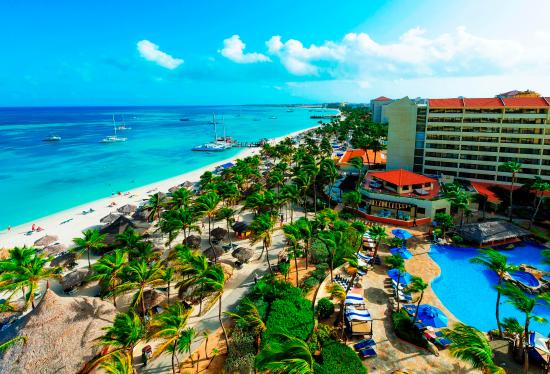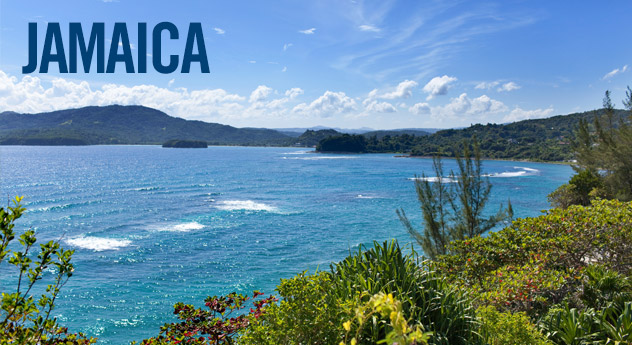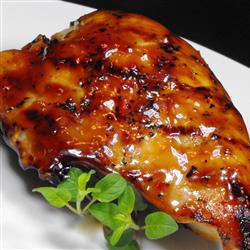Travelling to Europe from the Caribbean.

Some time ago 8 Caribbean countries have been chosen to travel to Europe without a visa. This is great news as many in the Caribbean have a great admiration for the land that once governed most of the islands originally. This is for every category of traveler, whether work or play, only to the Schengen parts of the country. This would allow for more business opportunities and tourism opportunities for all parties involved.
The eight Caribbean countries that are now allowed to travel to the Schengen parts of Europe VISA FREE are:
- Trinidad and Tobago
- St. Vincent and the Grenadines
- St. Lucia
- Antigua and Barbuda
- Dominica
- Barbados Bahamas
- Grenada
- Saint Kitts and Nevis
So, we have compiled a must see list places to visit while touring Europe:
1. The Azores
The genesis of the Azores is found upon 1766 volcanoes, nine of which are still active. Underground, almost three hundred volcanic cavities, including caves, ravines and cracks, have been surveyed. The landscape is filled with dry calderas, craters lakes, fumaroles and thermal water springs. In the sea, there are submarine geothermal springs. The mountain of Pico, majestic and with an intact cone, appears to be protecting all this geological wealth.
The volcanism of the archipelago impresses for its diversity and creates its own magnetism. It is a witness to the power of Nature, and the basis for a very special experience.
2. Hallstatt
The picturesque village on the lake with the same name owes its existence to the rich deposit of salt in the mountain of Hallstatt. 7000 years ago. Rich findings in Hallstatt and the upper valley of Hallstatt gave this village international recognition; even today discoveries are still made in the salt mountain of Hallstatt.
Among the most beautiful places of interest are the oldest salt mine in the world and the ossuary in Hallstatt, a romantic boat ride on Lake Hallstatt, a trip to the breathtaking cave world in Obertraun and a visit to the Lake Gosau with the mighty Dachstein glacier. Additionally, Bad Goisern is popular in the summer with hikers and bikers. In winter guests are lured in by the ski areas of Dachstein West in Gosau and the Ski and Freeride Arena in neighboring Obertraun with perfect slope conditions.
3. Bonifacio
Bonifacio offer two seas for the price of one!
Unusually, Bonifacio allows you to swim in the Mediterranean Sea (West side) and in the Tyrrhenian Sea (East side).
With 70 km of coasts and 120 km if we include the islands of the Archipelago of Lavezzi, Bonifacio offers a complete collection of all the possible types of beaches: sandy beaches, hidden coves, islands of all sizes and other idyllic locations are available for spending vacations.
4. The Mont Saint-Michel
The 'Wonder of the Western World' forms a tower in the heart of an immense bay invaded by the highest tides in Europe.
It was at the request of the Archangel Michel chief of the celestial militia that Aubert, Bishop of Avranches built and consecrated a small church on the 16th October 709. In 966 a community of Benedictines settled on the rock at the request of the Duke of Normandy and the pre-Romanesque church was built before the year one thousand.
UNESCO has classed the Mont Saint-Michel as a world heritage in 1979 and this mecca of tourism welcomes more than three million visitors a year.
5. Tuscany
Tuscany is located in central Italy and stretches from the Apennines to the Tyrrhenian Sea.
Its landscape, artistic heritage and stand-out cities - first among them Florence - make Tuscany an unquestioned protagonist of international tourism.
6. The Douro Valley
The Douro Valley could as easily be called the enchanted valley, such is the beauty and magic that its landscapes offer.
Departing from Porto, where the river flows into the sea and where the Douro wines (table wines and Port wine), produced on its hillsides, also end up, there are various ways to get to know this cultural landscape, listed as a World Heritage Site: by road, by train, on a cruise boat and even by helicopter.
Following a route between the viewpoints that offer the best vistas, you need to cross the river from north to south and back again. But along the way you can admire breathtaking landscapes over the river and visit vineyards, towns and villages until you reach Miranda do Douro, the point at which the river enters Portugal.
7. The Faroe Islands
The Faroe Islands are the hidden gem of the Scandinavian countries. To a lot of people they are unknown, to others they are this excotic destination in the middle of the North Atlantic Ocean. With the increasing tendency to seek north for new destinations we believe that the Faroe Islands are the perfect choice for the selective traveler.
8. The Dolomites
The Dolomites are considered one of the largest wellness centres in the world, because you can enjoy yourself a general well-feeling of body and mind. Relax yourself while taking in the breathtaking views of peaks and valleys, breathe in the crystal clear alpine air, bask in the warm sunshine next to turquoise lakes at the foot of inspiring mountains.
9. The Hallerbos Forest
The 7 to 10 days following the blossoming of the beech leaves are the most beautiful in the wood. The purple blue of the bluebells combined with the transparent bright green of the young beech leaves give a magical effect to the forest. The sunlight still reaches the flowers through the leaf canopy, but a little less each day.
10. The Lofoten Islands
Lofoten is known for excellent fishing and nature attractions, small villages off the beaten track and whale safaris.
Explore Lofoten by foot, go rafting in the Trollfjord and visit Lofotr Viking Museum. Taste stockfish and be amazed by the midnight sun. Experience the bird rocks outside the island of Røst and the cosy fishing village in Nusfjord.




